Assessing Student Pilots |
NIST |
|
|
|
 |
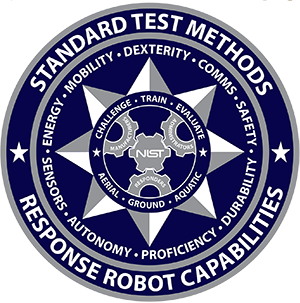 |
The NIST aerial robot test methods provide a structured and objective way to assess and document a student's ability to fly a drone by evaluating key skills such as precision, control, and situational awareness. By using standardized test lanes, students can demonstrate their proficiency in critical tasks like obstacle avoidance, navigation in GPS-denied environments, and sensor usage. The tests measure specific performance metrics, such as flight stability and localization accuracy, allowing instructors to objectively track student progress and identify areas needing improvement. Additionally, these methods simulate real-world scenarios, helping students build practical skills for professional applications like search and rescue, infrastructure inspection, or environmental monitoring. Using NIST's repeatable framework ensures that assessments are consistent and comparable across different students, providing a reliable means of certification. |
| |
Student Portfolios |
|
|
|
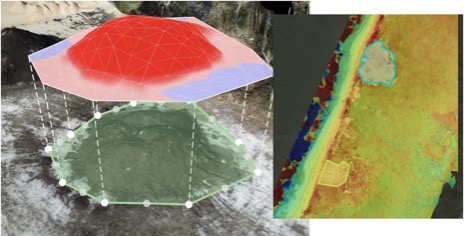 |
 |
Portfolios for small-Unmanned Aircraft Technician Preparation
Given that the majority of the coursework generated as part of this project is project-based learning, product portfolio assessment offers significant advantages for students. It fosters self-evaluation and reflection, enabling them to take ownership of their educational goals. By compiling a portfolio of their completed project deliverables, students can effectively demonstrate their skills, progress, and achievements. This method also facilitates personalized feedback and individualized instruction, thereby enhancing the overall learning experience and showcasing their knowledge, skills, and abilities to potential employers. Additionally, this section will provide a guide for implementing the creation of a small unmanned aircraft technician student portfolio and offer resources for both students and instructors. Graduating with a portfolio adds substantial value, as it serves as a tangible representation of the students’ competencies and readiness for the workforce. |
| NIST Open Test Range |
| Three reconfigurable NIST Open Test Lanes have been integrated into the sUAS Field Technician and Data Technician programs at Atlantic Cape to support skill development and performance assessment. Students are introduced to the use of the test lanes during their first semester in AVIT140: sUAS Operations, where they complete safety training and hands-on orientation. From there, program courses require up to 10 hours of out-of-class flight and build time per course, during which students complete scenario-based exercises on the NIST lanes. Students must accumulate 100 hours of documented flight experience over the course of the program, using the standardized tests to demonstrate precision flying, repeatability, and operational competence. |
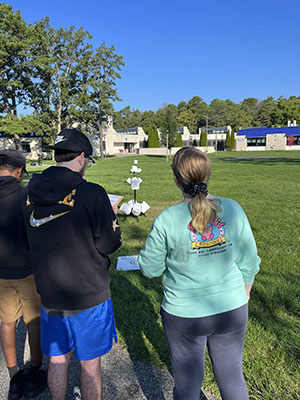 |
Resources |
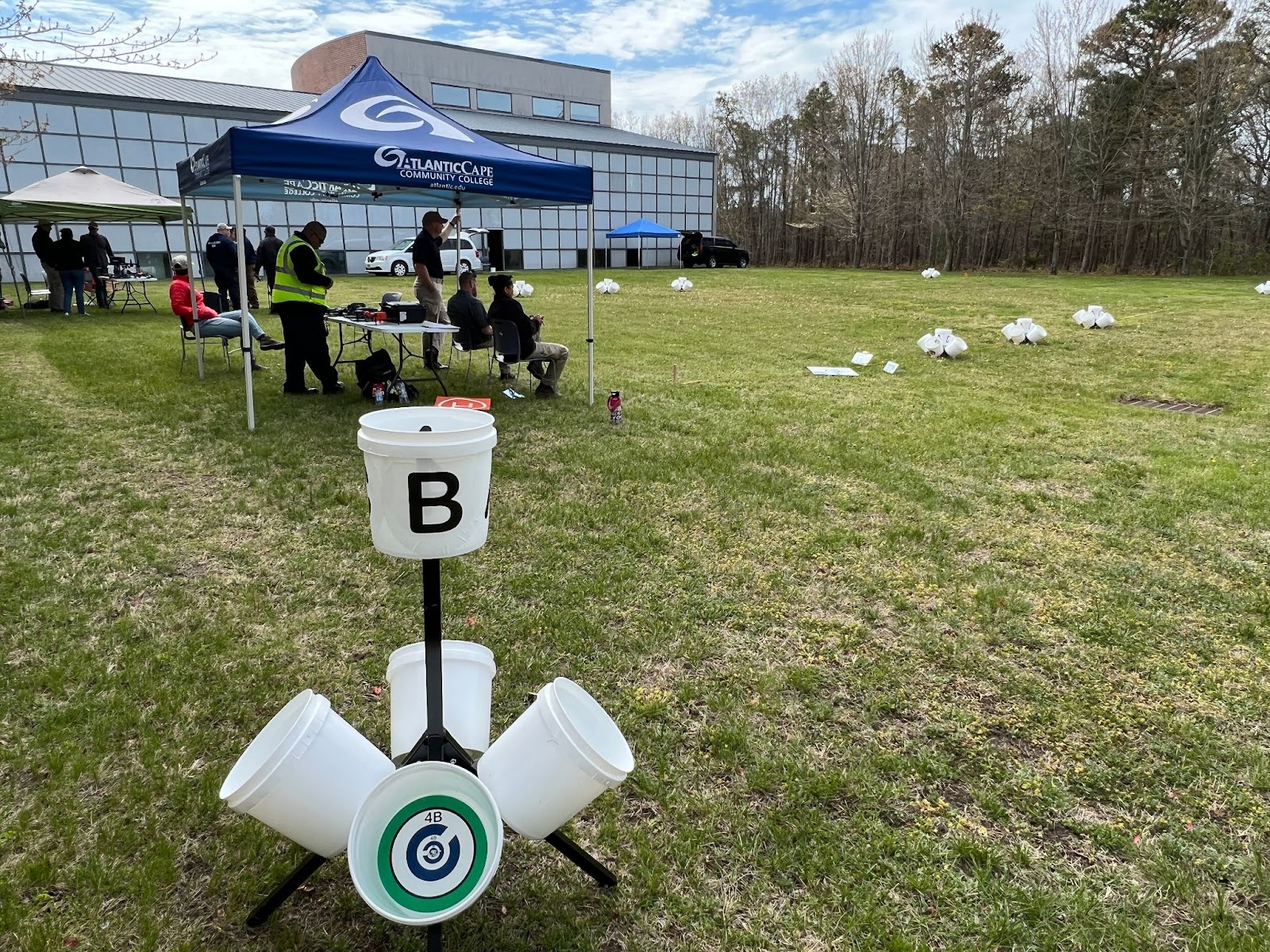 |
Student Briefing
Open Range -Scenarios
|
NIST Instructor
|
Setup
|
- Safety Management System
- Student User Guide
|
| |
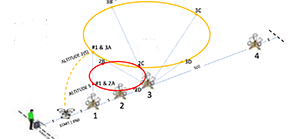 |
|
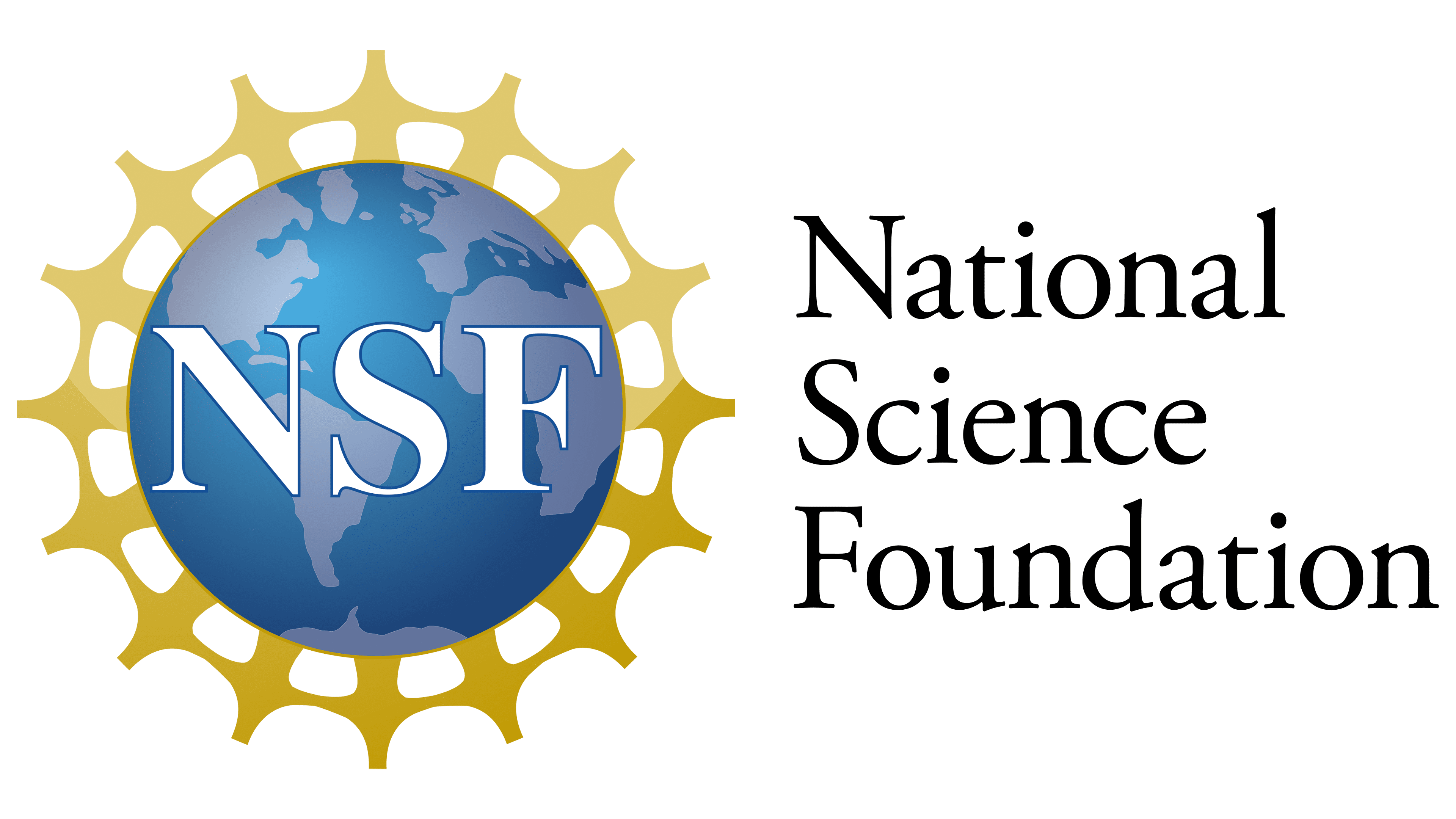 |
This website is based upon work supported by the National Science Foundation under grant number DUE 2400656 to Atlantic Cape Community College. Any opinions, findings, conclusions, or recommendations expressed in this material are those of Atlantic Cape and do not necessarily reflect the views of the National Science Foundation. |
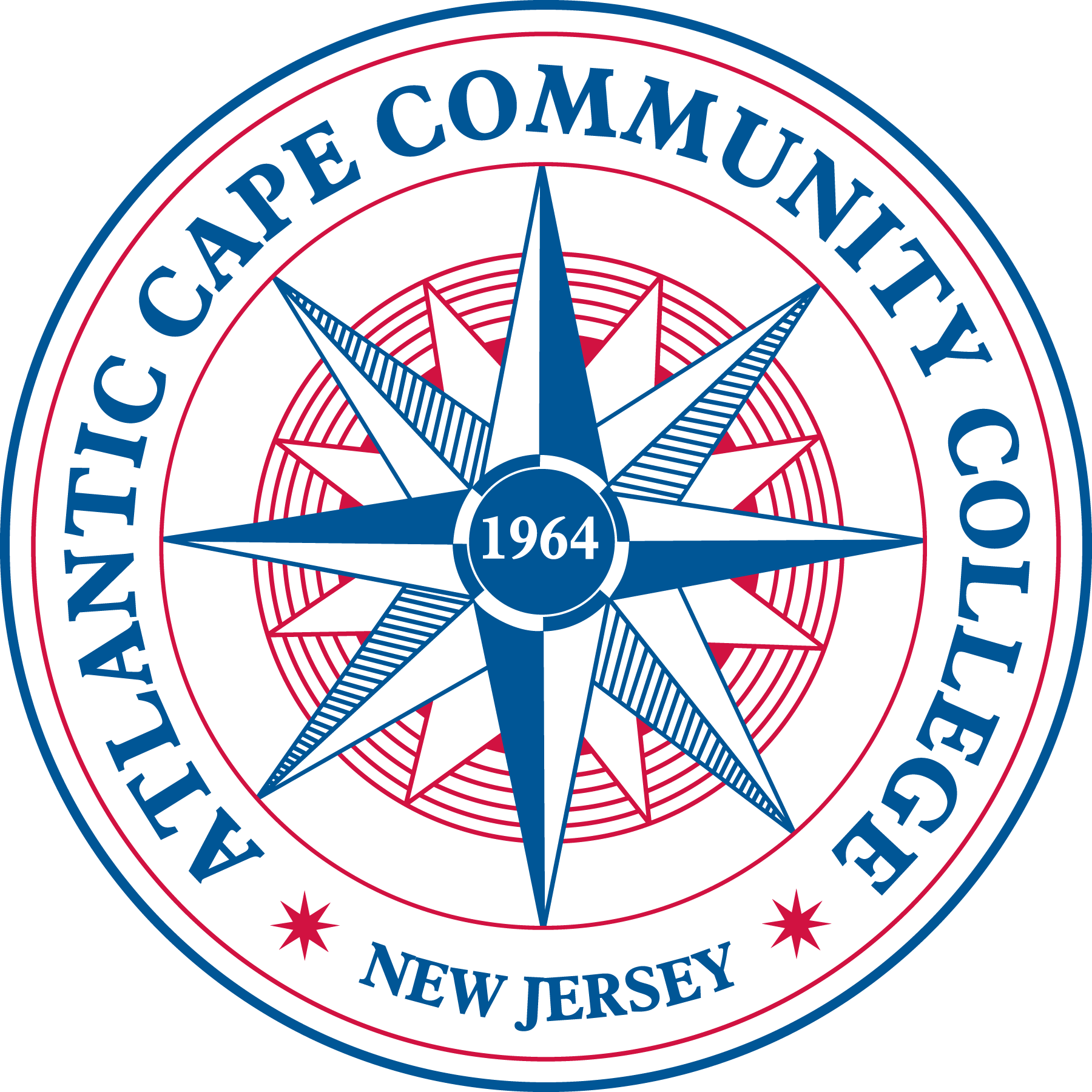 |
|